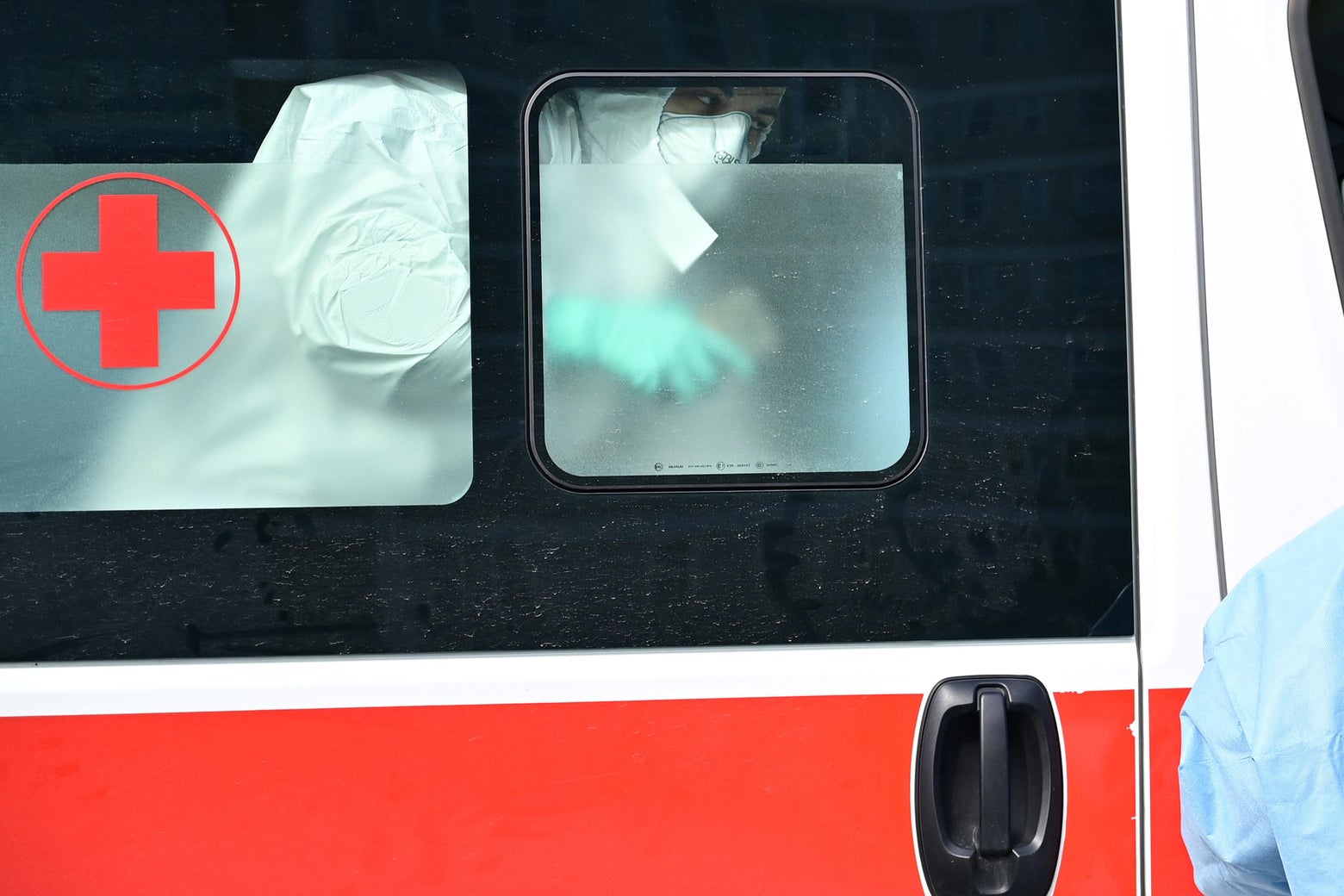DrAlice
Well-Known Member
So... someone with better medical knowledge can correct me on this...
But over the weekend I was talking to some folks who have long careers working in hospitals and they seemed to think that once the weather warms up, it should greatly reduce the spread of the disease or even its ability to survive.
I have a trip planned to WDW in June and they all but guaranteed that this shouldn't impact it by that point. I want to believe them, lol... but, I mean, who knows.
There has been some research that shows that weather does have a direct impact on viral spread. I think the idea behind this has to do with two things. 1) Warmer air temperatures means that your nasal passages are warmer. This means your immune response in that area works faster (molecules move more quickly when you heat them up) so you can fight stuff off better. 2) Warmer temperatures mean people spend less time indoors in close contact with each other, so there is less potential for spread (and my sunshine = more vitamin D).
All of that is just lovely on paper. However, if those really are the things at play, does any of this mean much for those of us in areas with mild winters? Maybe???? *shrug*

 Tried to purchase my usual purse size little hand sanitzer because I always put one in each bag and basically Amazon was wiped out of bout every form but some spray versions which I don't care for. I know it gives some people comfort but.….our local grocery chain is limiting wipes and TP purchases now. Hope DrAlice is able to keep a decent personal space between herself and contacts and remains calm knowing the probability of the majority of those contacts carrying the virus is not too high....get sleep, breath air outside only (kidding) and continue with the hand washing protocol followed by your favorite lotion to sooth the irritation of intensive washing.....and pray.
Tried to purchase my usual purse size little hand sanitzer because I always put one in each bag and basically Amazon was wiped out of bout every form but some spray versions which I don't care for. I know it gives some people comfort but.….our local grocery chain is limiting wipes and TP purchases now. Hope DrAlice is able to keep a decent personal space between herself and contacts and remains calm knowing the probability of the majority of those contacts carrying the virus is not too high....get sleep, breath air outside only (kidding) and continue with the hand washing protocol followed by your favorite lotion to sooth the irritation of intensive washing.....and pray. 


